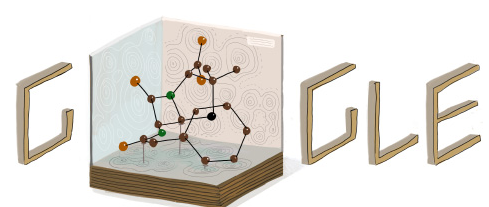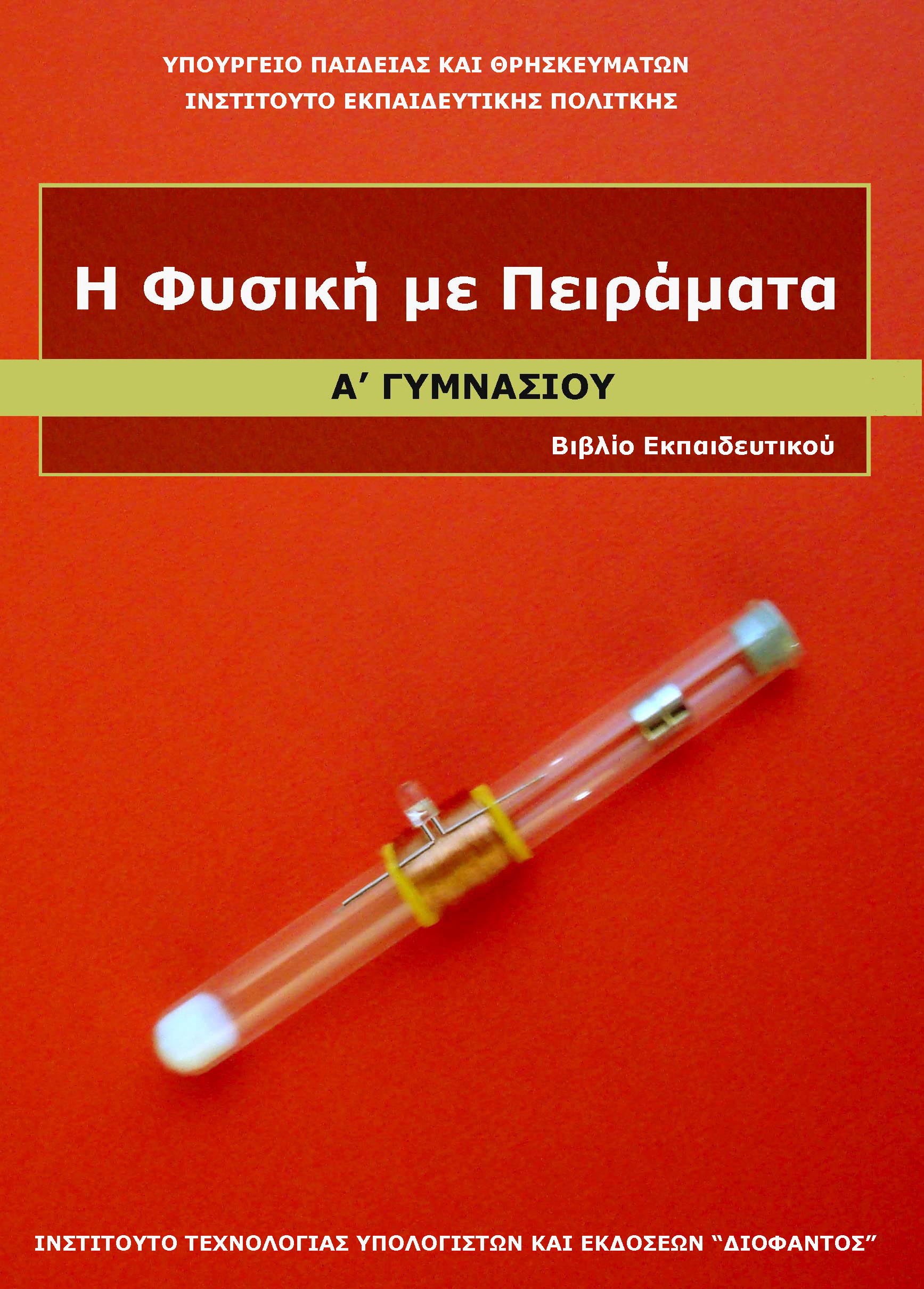 Dorothy Crowfoot
Dorothy Crowfoot was born in
Cairo on May 12th, 1910 where her father, John Winter Crowfoot,
was working in the Egyptian Education Service. He moved soon
afterwards to the Sudan, where he later became both Director of
Education and of Antiquities; Dorothy visited the Sudan as a girl
in 1923, and acquired a strong affection for the country. After
his retirement from the Sudan in 1926, her father gave most of
his time to archaeology, working for some years as Director of
the British School of Archaeology in Jerusalem and carrying out
excavations on Mount Ophel, at Jerash, Bosra and Samaria.
Her mother, Grace Mary Crowfoot (born Hood) was actively involved
in all her father's work, and became an authority in her own
right on early weaving techniques. She was also a very good
botanist and drew in her spare time the illustrations to the
official Flora of the Sudan. Dorothy Crowfoot spent one season
between school and university with her parents, excavating at
Jerash and drawing mosaic pavements, and she enjoyed the
experience so much, that she seriously considered giving up
chemistry for archaeology.
She became interested in chemistry and in crystals at about the
age of 10, and this interest was encouraged by Dr. A.F. Joseph, a
friend of her parents in the Sudan, who gave her chemicals and
helped her during her stay there to analyse ilmenite. Most of her
childhood she spent with her sisters at Geldeston in Norfolk,
from where she went by day to the Sir John Leman School, Beccles,
from 1921-28. One other girl, Norah Pusey, and Dorothy Crowfoot
were allowed to join the boys doing chemistry at school, with
Miss Deeley as their teacher; by the end of her school career,
she had decided to study chemistry and possibly biochemistry at
university.
She went to Oxford and Somerville College from 1928-32 and became
devoted to Margery Fry, then Principal of the College. For a
brief time during her first year, she combined archaeology and
chemistry, analysing glass tesserae from Jerash with E.G.J.
Hartley. She attended the special course in crystallography and
decided, following strong advice from F.M. Brewer, who was then
her tutor, to do research in X-ray crystallography. This she
began for part II Chemistry, working with H.M. Powell, as his
first research student on thallium dialkyl halides, after a brief
summer visit to Professor Victor Goldschmidt's laboratory in
Heidelberg.
Her going to Cambridge from Oxford to work with J.D. Bernal
followed from a chance meeting in a train between Dr. A.F. Joseph
and Professor Lowry. Dorothy Crowfoot was very pleased with the
idea; she had heard Bernal lecture on metals in Oxford and
became, as a result, for a time, unexpectedly interested in
metals; the fact that in 1932 he was turning towards sterols,
settled her course.
She spent two happy years in Cambridge, making many friends and
exploring with Bernal a variety of problems. She was financed by
her aunt, Dorothy Hood, who had paid all her college bills, and
by a £75 scholarship from Somerville. In 1933, Somerville,
gave her a research fellowship, to be held for one year at
Cambridge and the second at Oxford. She returned to Somerville
and Oxford in 1934 and she has remained there, except for brief
intervals, ever since. Most of her working life, she spent as
Official Fellow and Tutor in Natural Science at Somerville,
responsible mainly for teaching chemistry for the women's
colleges. She became a University lecturer and demonstrator in
1946, University Reader in X-ray Crystallography in 1956 and
Wolfson Research Professor of the Royal Society in 1960. She
worked at first in the Department of Mineralogy and
Crystallography where H.L. Bowman was professor. In 1944 the
department was divided and Dr. Crowfoot continued in the
subdepartment of Chemical Crystallography, with H.M. Powell as
Reader under Professor
C.N.
Hinshelwood.
When she returned to Oxford in 1934, she started to collect money
for X-ray apparatus with the help of
Sir Robert Robinson. Later she received
much research assistance from the Rockefeller and Nuffield
Foundations. She continued the research that was begun at
Cambridge with Bernal on the sterols and on other biologically
interesting molecules, including insulin, at first with one or
two research students only. They were housed until 1958 in
scattered rooms in the University museum. Their researches on
penicillin began in 1942 during the war, and on vitamin
B
12 in 1948. Her research group grew slowly and has
always been a somewhat casual organisation of students and
visitors from various universities, working principally on the
X-ray analysis of natural products.
Dorothy Hodgkin took part in the meetings in 1946 which led to
the foundation of the International Union of Crystallography and
she has visited for scientific purposes many countries, including
China, the USA and the USSR. She was elected a Fellow of the
Royal Society in 1947, a foreign member of the Royal Netherlands
Academy of Sciences in 1956, and of the American Academy of Arts
and Sciences (Boston) in 1958.
In 1937 she married Thomas Hodgkin, son of one historian and
grandson of two others, whose main field of interest has been the
history and politics of Africa and the Arab world, and who is at
present Director of the Institute of African Studies at the
University of Ghana, where part of her own working life is also
spent. They have three children and three grandchildren. Their
elder son is a mathematician, now teaching for a year at the
University of Algiers, before taking up a permanent post at the
new University of Warwick. Their daughter (like many of
her ancestors) is an historian-teaching at girls' secondary
school in Zambia. Their younger son has spent a pre-University
year in India before going to Newcastle to study Botany, and
eventually Agriculture. So at the present moment they are a
somewhat dispersed family.
From
Nobel Lectures, Chemistry 1963-1970, Elsevier Publishing Company, Amsterdam, 1972
This autobiography/biography was written
at the time of the award and first
published in the book series
Les
Prix Nobel.
It was later edited and republished in
Nobel Lectures. To cite this document, always state the source as shown above.







 Dorothy Crowfoot was born in
Cairo on May 12th, 1910 where her father, John Winter Crowfoot,
was working in the Egyptian Education Service. He moved soon
afterwards to the Sudan, where he later became both Director of
Education and of Antiquities; Dorothy visited the Sudan as a girl
in 1923, and acquired a strong affection for the country. After
his retirement from the Sudan in 1926, her father gave most of
his time to archaeology, working for some years as Director of
the British School of Archaeology in Jerusalem and carrying out
excavations on Mount Ophel, at Jerash, Bosra and Samaria.
Dorothy Crowfoot was born in
Cairo on May 12th, 1910 where her father, John Winter Crowfoot,
was working in the Egyptian Education Service. He moved soon
afterwards to the Sudan, where he later became both Director of
Education and of Antiquities; Dorothy visited the Sudan as a girl
in 1923, and acquired a strong affection for the country. After
his retirement from the Sudan in 1926, her father gave most of
his time to archaeology, working for some years as Director of
the British School of Archaeology in Jerusalem and carrying out
excavations on Mount Ophel, at Jerash, Bosra and Samaria.


